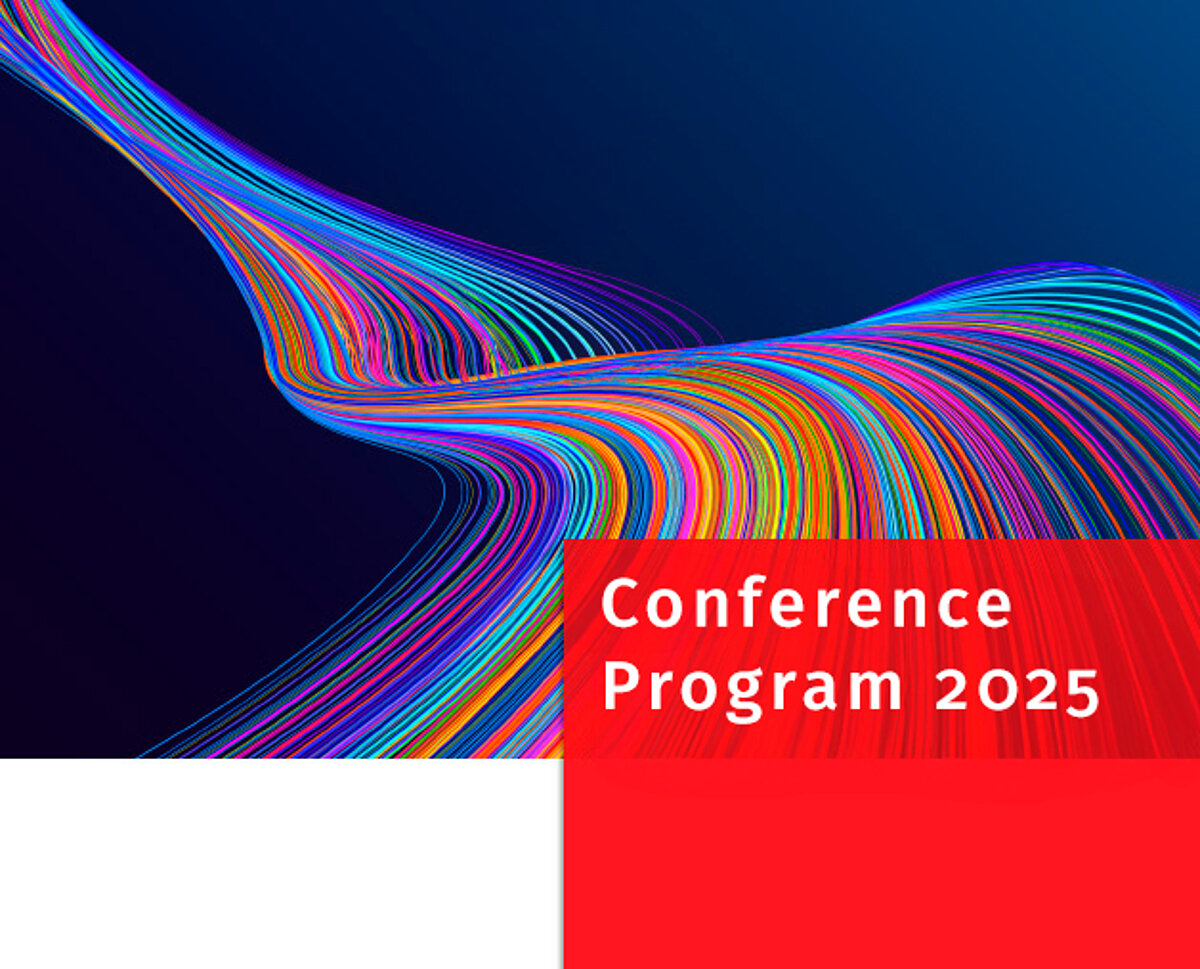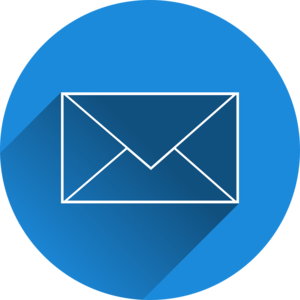
At the cutting edge of Technical Communication: Your conference program
Discover the program of the tcworld conference 2025! Look forward to top-class contributions and interactive sessions.
Reserve your seat for presentations and workshops. You can do this in the tile view as well as in the list view.
We don't forget offline: Download the program 2025 with all abstracts as PDF. Download a brief program overview here.
Note on workshop registration: Please note that you can register for a maximum of three workshops. This allows us to distribute the places optimally and ensure that everyone has the best opportunity to take part. Thank you for your understanding!
The recordings of the presentations in Plenary Session 1, Plenary Session 2, and C5.2/3 will be available for viewing from November 21, 2025, until February 20, 2026.
The video speaker challenge begins
The speakers talk about their presentations in the video and then pass the baton on to others.
‚Prompt Analytics: Identifying and fixing content gaps’ from Selvaraaju Murugesan
Given the prominence of chatbots across many documentation sites, it is important for technical writers to harness the power of analytics by analysing all prompts in a privacy-centric way. Unlike lexical search analytics whereby technical writers only get list of keywords, prompt analytics provide a clear intent of the “ASK”. Analysing all prompts entered in your chatbot helps technical writers to quickly identify knowledge gaps, address trending topics, and fix the documentation gaps. Moreover, understanding prompt drift helps technical writers how customer behaviour is changing and it help them fix content accordingly.
‚Docs-as-Code: Creating Professional Software Documentation’ from Maia Reichert-Baisch and Valerie Schipka
Managing documentation in fast-paced development environments is challenging, but the Docs-as-Code approach offers a modern solution by applying software development practices to documentation. This session introduces you to the fundamentals of static site generators (SSGs) and demonstrates how open source tools like MkDocs can turn plain text into professional, user-friendly documentation websites. We will walk you through the whole setup in a live tutorial, from installation to the integration of your documentation into a continuous delivery environment. By the end of this tutorial you will have an up and running documentation website. Whether you're a technical writer, developer, or part of an agile team, you will leave this session with practical insights on how to create cost-effective, agile documentation solutions using only open source tools. Join Valerie Schipka and Maia Reichert-Baisc at tcworld conference 2025 on November 11 for the tutorial ‘Docs-as-Code: Creating Professional Software Documentation with Static Site Generators’ to gain practical insights on how to create cost-effective, agile documentation solutions using only open source tools.
‚IA for AI: Structuring content to get better answers from chatbots and other delivery platforms’ from Rahel Bailie
Rahel Bailie will be speaking about content operations and how to get the best results from your content. November 11th: In her presentation “IA for AI,” Rahel Bailie explores a range of structural techniques that help you get better answers from AI-enabled chatbots and content delivery platforms. November 12th: In the workshop “Reframing Content Operations as a Means to an End,” she focuses on how to position content operations as a strategic investment, making the case in a way that resonates with budget holders. On November 12th, Rahel Bailie will also be co-presenting with Leah Guren on how to guide your customers to better outcomes, using examples and real-life stories.
‚Comparing Knowledge Graph Use in Large Scale Documentation Projects’ from Ulrike Parson together with Martin Blumbach
As digitalization continues to advance, the demands on technical documentation are also increasing: Documentation must accurately reflect the configured and delivered product and, ideally, be updatable after delivery. Knowledge graphs can store both product data and information metadata that describe modular technical documentation. This capability allows for the creation of configuration-specific documentation and the generation of appropriate documentation for the digital twin. Ericsson and parson will present and compare the use of knowledge graphs in different (non-joint) large scale documentation projects, illustrating how to effectively integrate this technology.
Other presentations in German language from Ulrike Parson together with Harald Stadlbauer you can find in the program.
‚UX writing at Danfoss Drives – A new field of expertise for the Technical Communication team’ from Holger Thater and Marlene Krogh Cordes
The field of technical communication is currently evolving and changing rapidly. It is no longer just about writing content for printed user manuals. The help of technical communicators is also needed in other aspects of communicating with the users.
As a natural next step for the TecCom team in Danfoss Drives, Holger Thater and Marlene Krogh Cordes wanted to take on a new field of expertise: UX writing. The task was therefore to educate themselves on UX writing in general and come up with a new process for reviewing this type of content within their business unit. Furthermore, the team will learn how to independently create software-related content based on the developer documentation.
This presentation will act as an example of how to start from scratch, paving the way to a new field of expertise for the Technical Writers in Danfoss Drives.
‚Bridging Teams, Processes, and Technologies for Creating Owner’s Manuals at Mercedes-Benz’ from Alex Masycheff and Christoph Weiß
Mercedes-Benz delivers vehicle owner’s manuals for approximately 40 car lines to over 80 markets in 36 languages through four delivery channels. They involve multiple teams, tools, and processes. But how do you make sure that all these pieces work together towards the common goals? How do you verify that each team is using the right tools and processes to efficiently contribute their share in creating technical documentation? This requires building bridges between the teams and technologies across the entire organization. Join us at this session to learn which approaches and practices are used at Mercedes-Benz to encourage and manage collaboration between all teams involved in creation and delivery of technical documentation, and how these methodologies can be useful for any large company in any industry, especially for those companies that produce complex technical documentation for complex products and operate in multiple markets.
‚Unveiling Team Excellence: Expert Interview on CCMS Adoption’ from Dipo Ajose-Coker
In an interactive interview format, we will explore the strategies and practices that have propelled the team at UiPath to remarkable success, particularly in adopting a Component Content Management System (CCMS) to manage technical documentation. Cristina Popescu will share her expertise in managing a collaborative and innovative team environment, overcoming common challenges, and driving continuous improvement. She will delve into the best practices for implementing a CCMS and DITA, highlighting how it has streamlined their documentation processes, improved content consistency, and enhanced information delivery to UiPath customers.
‚Integrating Technical Writing Expertise in UI/UX Validation’ from Arun Benny Haymo
This presentation introduces a framework that elevates the technical writer's role into UI/UX validation, addressing the growing challenges in modern software documentation. As digital technologies rapidly evolve, traditional documentation methods struggle to keep pace with dynamic UI changes and user expectations, leading to compromised user experience, increased training costs, and higher support burdens. The proposed framework demonstrates how technical writers can systematically validate UI/UX elements within development cycles, moving beyond traditional documentation roles to become integral participants in the product development process. By implementing this approach, organizations can bridge the gap between documentation and feature development, ensure content accuracy, and maintain documentation quality through continuous improvement processes. .

